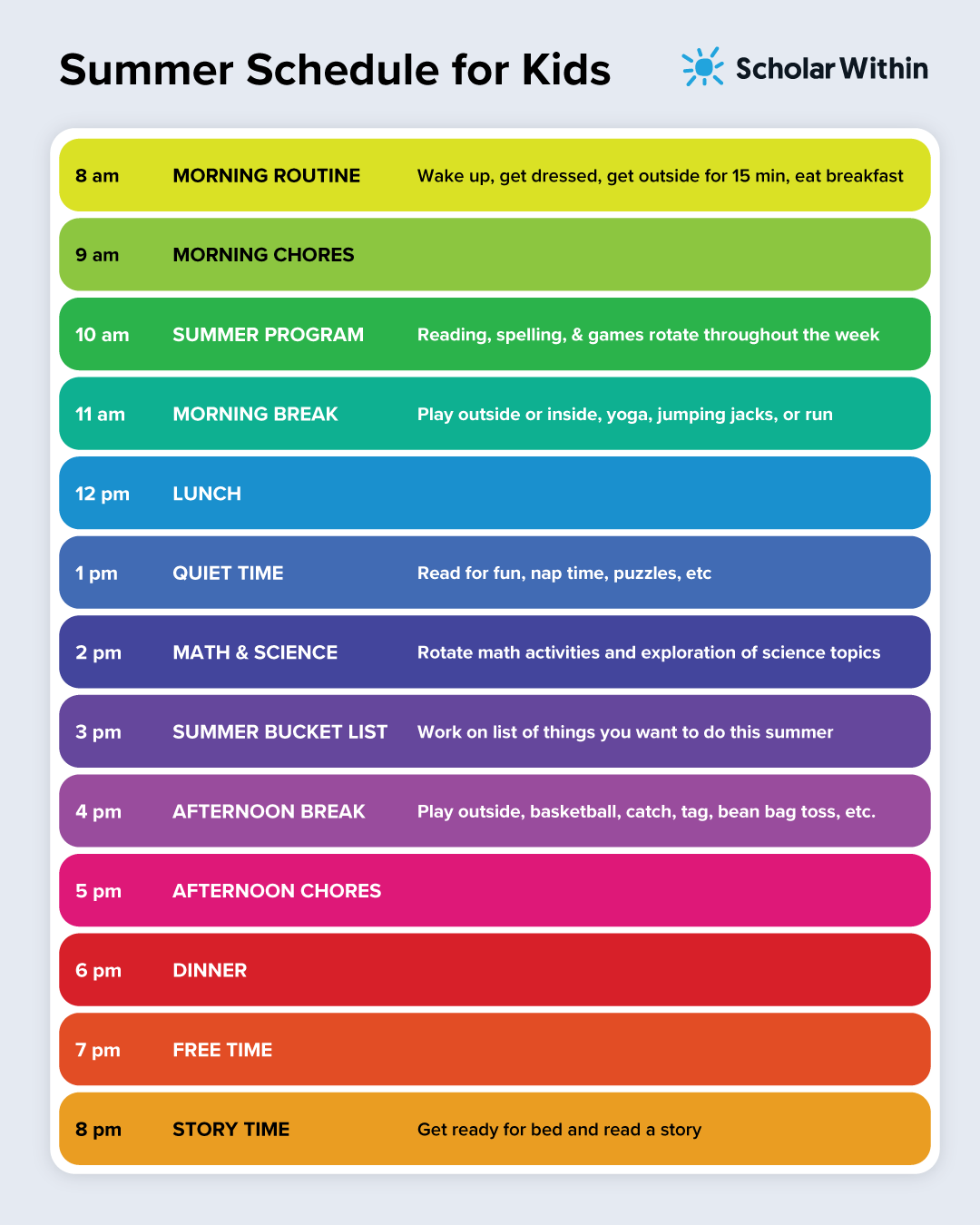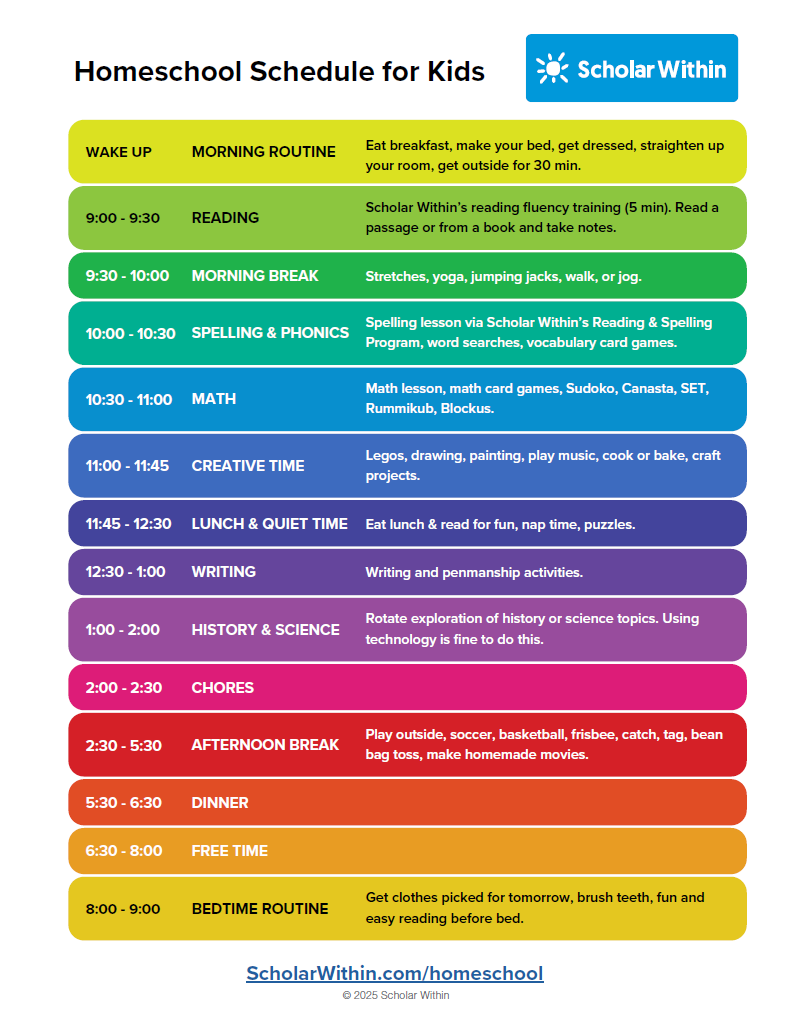
Reading Comprehension Strategies
Reading comprehension strategies are a great way to improve your reading comprehension skills. Reading comprehension is the ability to understand, analyze, synthesize, and use what you have read. When you use specific strategies, you make it easier to understand and remember what you have read.
“Comprehension is now viewed as a much more complex process involving knowledge, experience, thinking, and teaching. It depends heavily on knowledge—both about the world at large and the worlds of language and print. Comprehension inherently involves inferential and evaluative thinking, not just literal reproduction of the author’s words.”
Fielding and Pearson in Educational Leadership (1994)
Top 10 Reading Comprehension Strategies
These reading comprehension strategies help make it easy to understand what you read. When you use these specific strategies, you take a lot of the work out of reading. These strategies make it easier to remember, understand, and think critically about what you have read.
1. Pre-read and Make Predictions
- Read the title of the selection.
- Before you start reading the selection, do a quick pre-read/scan of the selection. Predict what you might be reading about.
- Is it a book? Read the back cover and the intro.
- Thumb through the pages of the book, scanning titles and reading a few sentences throughout.
- Doing a quick preread can help you familiarize yourself and get an idea of what you will read before you read it.
- Use your prior background knowledge based on similar topics.
- Revise your predictions as you read.
2. Read Aloud
Reading aloud integrates the auditory process of listening to the text with the visual process of seeing the text you are reading.
Research has shown that the simple act of reading aloud can improve reading comprehension. Using more than one sense (hearing, seeing, or doing) when learning improves your memory skills.
Beginning and Unskilled Readers
- When a more advanced reader reads a passage to an unskilled reader that follows along, it makes the passage easier to understand and comprehend for the unskilled reader.
- Choral reading (read aloud in unison) with skilled readers improves unskilled readers’ fluency, expands their vocabulary, and increases their confidence.
- Alternate reading every other paragraph or page between skilled and unskilled readers is another reading strategy that helps build confidence. It also helps the unskilled reader pay more attention to the flow of the selection as well as punctuation breaks.
Advanced Readers
Reading aloud helps readers read the passage correctly. This allows the reader to read with proper intonation, expression, and attention to punctuation. Reading aloud helps students who are listening infer meaning from the text.
Tap to Read – Read Aloud Technology
This is one of the reasons at Scholar Within, we have put together our Tap to Read – read-aloud technology for our reading passages in our reading program. Take a look at some of our example selections. Tap on words to hear them aloud or press play to follow along.

Tap to Read – Read-aloud Technology from Scholar Within
3. Build Background Knowledge
Background knowledge in various areas of life helps you make more connections to what you have read. This makes a reading selection easier to understand. The larger your factual knowledge base, the easier it is to draw analogies and conclusions to new reading content.
Five Ways to Build Your Background Knowledge
- Life experiences
- Podcasts
- Visiting museums
- Learning directly from experts
- Learning from what you read
4. Find the Main Idea and Supporting Details
Make a conscious effort to identify the main idea of a reading selection. Ask yourself, “What or who is this passage about”? This helps you relate the main idea to your prior knowledge, which improves reading comprehension.
Also, be sure to identify a couple of supporting details or information about the main idea. This helps you get a more complete understanding of who or what a passage is about. Consciously think about a few points that support the main idea of the selection you have just read.
5. Use Graphic Organizers
Graphic organizers are a great strategy to improve your reading comprehension.
- Help you visualize what you have read
- Help you identify the main idea and details of a passage
- Help you identify reading selections’ structure (informational, narrative, argument/persuasive)
- Help you organize information about reading selections

Above are example graphic organizers from our Summer Reading Curriculum.
6. Recognize Story Structure and Key Points
Identify the theme, the mood, the main characters, and their actions. Identify the setting and whether there is a conflict in the selection. Identify the leading character (protagonist) and the opposing character (antagonist). Breaking down the elements of a reading passage gives you a more complete picture of what you have read. It also helps you organize the various parts of the selection in an easy-to-understand way.
7. Making Inferences Strategy
Use your existing knowledge to help you understand and add context to the selection you’re reading. List one or two parts of the passage so you can apply your prior knowledge.
8. Summarizing Strategy
In your own words, summarize what you have read. This makes it more relatable and memorable to you. Drawing from your own factual knowledge, draw analogies to the passage.
- Have you read anything similar before?
- Have you experienced anything similar?
Making these connections helps you retain what you have read.
9. Questioning Strategy
The questioning reading comprehension strategy is where students ask and answer questions about what they read.
- Builds active recall skills
- Research shows that actively answering a prompt is more effective in learning subject matter than just passively reading or listening
- Generating questions is a great way to stretch yourself as a reader
- What can you ask that you could answer from reading the selection?
10. Practice Using New Vocabulary
Identify and use new vocabulary words from your reading selections. This helps you build more understanding of your readings. Try to infer the meaning of any words you didn’t understand from their context. Look up new words in our favorite dictionary for easy definitions that everyone can understand. Make flashcards with your new vocabulary words. Try to use a few new words daily in your speaking and writing.
Bonus: 11. Improve Reading Fluency
When you improve your reading fluency speed, you inherently improve your reading comprehension skills. This is because you don’t have to pay as much attention to the mechanics of reading. If you stumble while reading words or sentences, skip words, or have to sound words out, it is much more difficult to remember and understand what you are reading. When reading is automatic, and you don’t have to think about each word you read, reading for meaning becomes so much easier.
Take our reading speed test to see how your child’s reading fluency speed compares to others at their grade level.
Are you looking for a step-by-step reading program? You can improve your reading comprehension, fluency, and overall reading skills faster than at school with our results-driven at-home, online, and self-paced summer reading program.
What are some of your favorite ways to improve reading comprehension? Let us know in the comments.
More Reading Comprehension Strategies
For more direct instruction on improving reading skills that includes the five principles of reading, we’d love to have you and your family in our Summer Reading & Spelling Program.

Who is Scholar Within?
Scholar Within was founded by learning expert Bonnie Terry, M. Ed., BCET. Bonnie began designing and developing her own custom educational tools when she started her private learning center in the 1990s. Teachers kept asking what she was using with the kids who saw her because of the dramatic improvements that the kids made in school. From there, Bonnie decided to make her materials available to teachers and families worldwide.
Now, Bonnie Terry has turned her materials into a full-service online program that you can follow step-by-step at home, on your schedule. School alone is not enough anymore. Bonnie’s programs boost your kid’s overall learning skills by focusing on improving the auditory, visual, and tactile processing areas of your brain to make it work more efficiently.
Learn more about Scholar Within.


